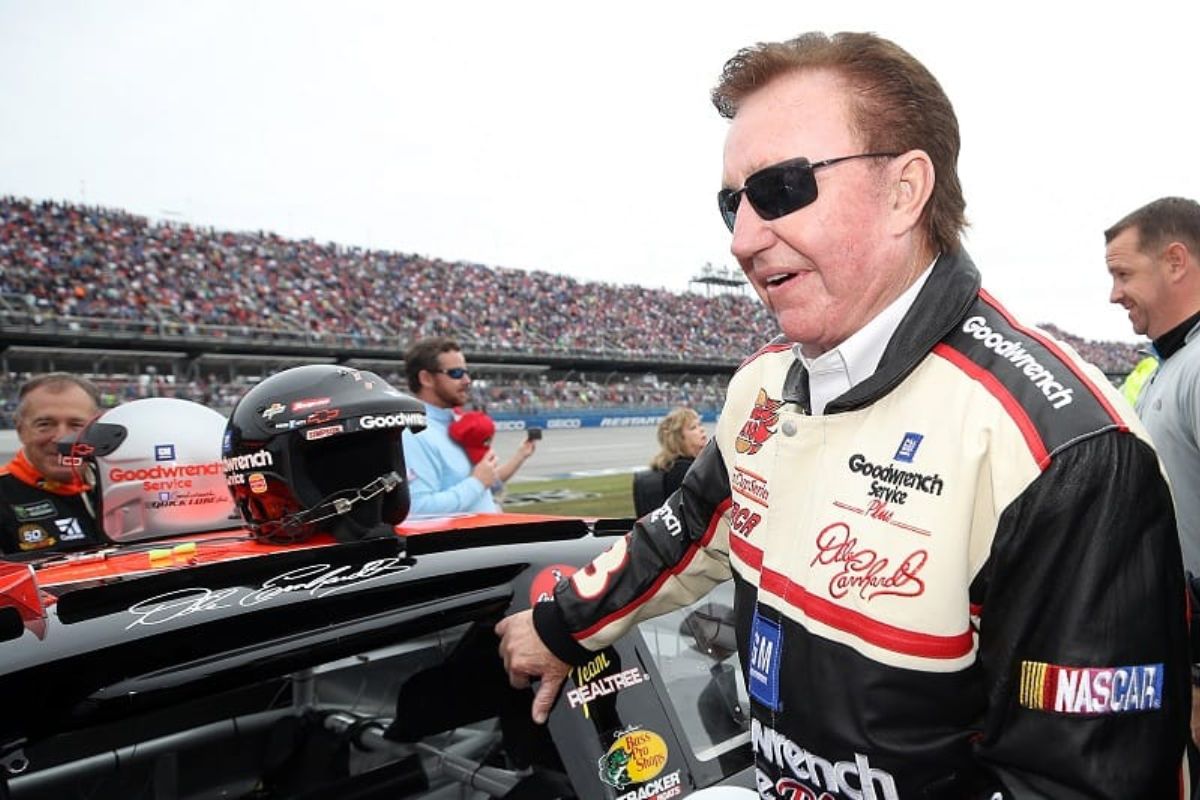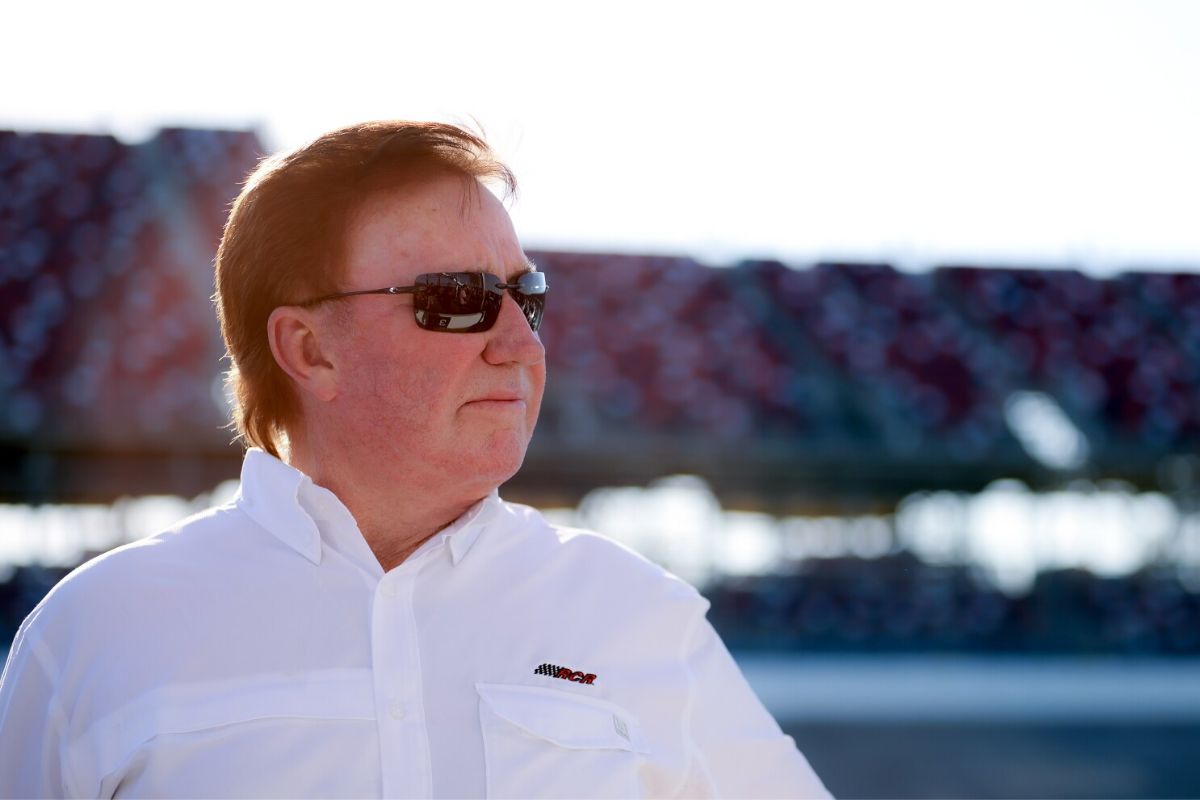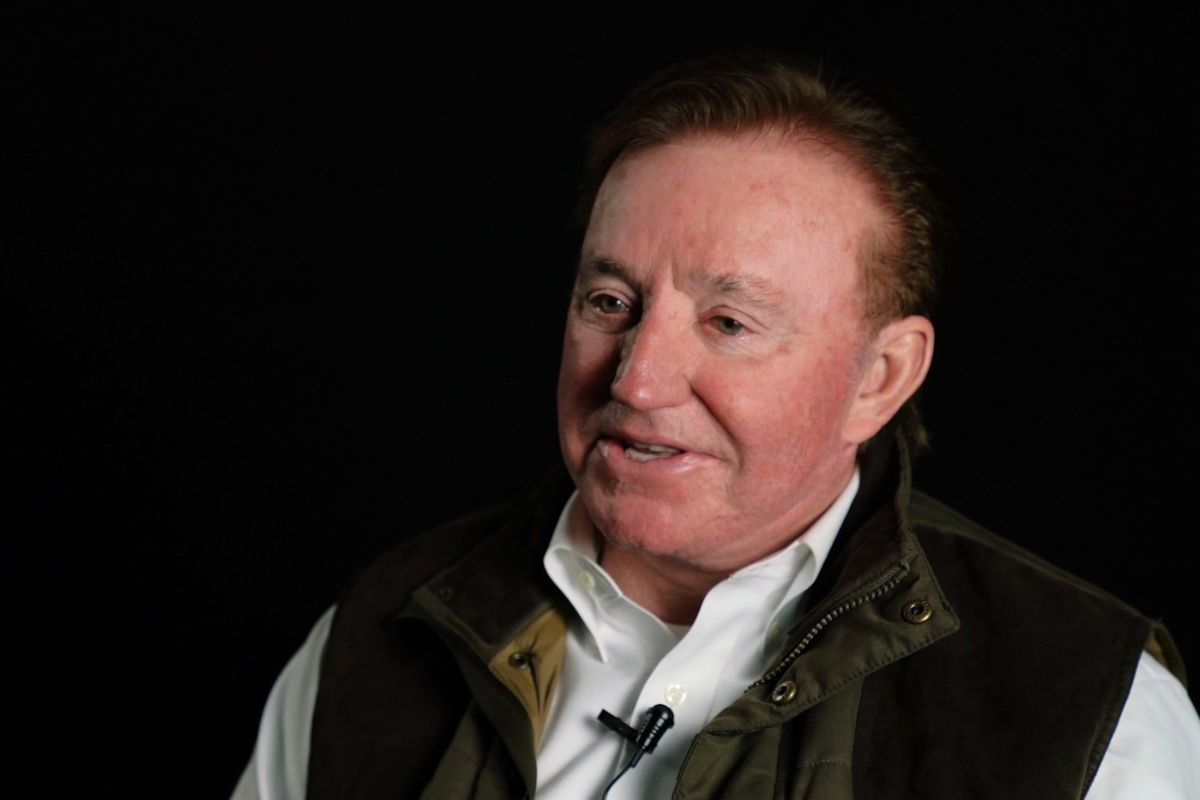Richard Childress Silences Grandson’s Strategy: Richard Childress’s intervention in Austin Dillon’s critique of his team’s strategy reflects a critical moment for the racing squad. Dillon’s frustrations, stemming from consistent underperformance at Richmond Raceway, highlighted issues in team dynamics and strategic alignment. Childress’s response emphasizes the importance of unity and focus, transforming potential discord into a moment for growth and recalibration. His stress on driving over venting highlights the need for cohesive strategies and driver adaptability. This incident not only showcases veteran leadership but also points towards the essential blend of talent, strategy, and execution required for success. Understanding these dynamics offers insight into overcoming racing challenges.
Key Takeaways
- Richard Childress intervened to address Austin Dillon’s critical comments about team strategy at Richmond.
- Childress emphasized the importance of unity and focus over public venting of frustrations.
- The intervention served as a reality check for Dillon, highlighting the need for team cohesion.
- Childress’s veteran experience and leadership aimed to redirect Dillon’s focus towards driving performance.
- The incident showed the challenges of balancing driver feedback with strategic decisions in NASCAR racing.
Austin Dillon’s Struggles at Richmond
Heading into the Toyota Owners 400, Austin Dillon’s track record at the Las Vegas Motor Speedway left much to be desired, with finishes outside the top 20 in all but one race, where he managed a modest 16th place. Driving for Richard Childress Racing in the iconic #3 Chevy Camaro ZL1, Dillon, often referred to as the team’s prodigal “grandson,” didn’t exactly enter Richmond as a favorite. With a qualifying position of 22nd, alongside Corey LaJoie of Spire Motorsports, Dillon’s prospects for success at Richmond seemed uncertain at best.
Starting from the 33rd position after the Stage 2 restart in the races, Dillon’s uphill battle at Richmond is symbolic of larger issues within the team’s approach to race strategy and vehicle setup. The track’s demanding nature, requiring a delicate balance of aggression and conservation, seems to highlight the disconnect between Dillon’s driving style and the car’s performance capabilities. This recurring theme of underperformance at Richmond not only impacts Dillon’s standings but also raises questions about the team’s ability to adapt and overcome specific challenges posed by different tracks.
The analysis of Dillon’s struggles at Richmond reveals a multifaceted problem. It is not merely a question of driving ability but also of how well the team can tailor the car’s setup to suit the track’s peculiarities and Dillon’s driving preferences. The persistent setbacks at Richmond highlight the need for a thorough strategy that includes driver feedback, data-driven adjustments, and perhaps a recalibration of expectations and objectives. Dillon’s challenges at Richmond serve as an example of the broader complexities inherent in NASCAR racing, where success is contingent upon the seamless integration of driver talent, technological prowess, and strategic foresight.

Frustrations Boil Over for Dillon
Richard Childress’s grandson, Austin Dillon, last tasted victory on an asphalt short-track at Texas Motor Speedway in 2020. Fast forward two years later, Dillon clinched another significant win at the Coke Zero Sugar 400, securing his first Daytona 500 victory in nearly a decade for RCR.
Amid the competitive thrill of the race, Dillon’s mounting frustrations resulted in a heated critique of his team’s approach, as captured in a candid transmission to his crew over the radio. Austin Dillon, known for his competitive spirit and dedication to the sport, reached a turning point during the race, which was vividly echoed in his communications. His scathing remarks, highlighted by SiriusXM’s NASCAR Radio host Davey Segal, pointed towards a growing discontent with the strategic decisions and apparent indecisiveness plaguing his team.
This episode of frustration is not merely an isolated incident but a manifestation of underlying issues within the team dynamics. Dillon’s critique provides a stark reality check for the team, emphasizing the critical need for a cohesive and decisive strategy to harness the driver’s talents effectively. It highlights a crucial moment where introspection and recalibration are necessary to align the team’s strategic approach with NASCAR sport.
Moreover, Dillon’s outburst is a vivid illustration of the intense pressure and emotional highs and lows that drivers navigate. It reflects the intricate balance between team strategy and driver instinct, which, when misaligned, can lead to frustration and discord. For a team to excel, it requires not just technical excellence but also an understanding and synchronization of the human elements involved.
Richard Childress Intervenes
Recognizing the notable impact of Austin Dillon’s public critique on team morale, Richard Childress stepped in to offer a stabilizing voice of experience and leadership. In the highly competitive environment of professional racing, the dynamics within a team can greatly influence performance and outcomes. Childress, a seasoned figure in the racing world, understands the delicate balance needed between voicing concerns and maintaining a unified team front. His intervention, hence, was not just about silencing dissent but about fostering an atmosphere conducive to success.
Childress’s approach to managing the situation reflects a broader understanding of leadership within high-pressure environments. By urging Dillon to focus on driving rather than venting frustrations over the radio, he shifted the narrative from one of conflict to one of concentration and determination. This redirection is vital in sports, where mental focus can be as important as physical skill. Childress’s calm demeanor served as a reminder that, despite the heat of the moment, the broader objectives of the team must prevail over individual grievances.
.@austindillon3 (P33) is not pleased.
— Davey Segal (@DaveyCenter) April 1, 2024
🗯️ "We have dumbass strategy every f*cking week! We're indecisive, we don't know what to do!"
Richard Childress chimes in:
🗣️ "Settle down, drive the car and focus here. It ain't doing no good talking. Just focus." #NASCAR
Moreover, Childress’s intervention highlights the importance of experience and mentorship in professional sports. As a veteran of the racing industry, his ability to navigate the complexities of team dynamics and emotional regulation is invaluable. His response to Dillon’s outburst exemplifies how seasoned leadership can turn potential discord into an opportunity for growth and re-alignment towards common goals.
“Settle down, drive the car and focus here. It ain’t doing no good talking. Just focus.” – (Richard Childress)

Can Dillon Overcome Challenges at Richmond?
Despite their efforts, the #3 team faced continued struggles, with Austin Dillon finishing outside the top 20 yet again, crossing the line in 24th place and a lap down. Meanwhile, all the buzz surrounded Goodyear’s debut of Wet Weather tires, particularly as race winner Denny Hamlin clinched his second victory of the season. Hamlin’s triumph not only marked his 53rd Cup Series win but also showcased the tire manufacturer’s innovation and the driver’s skill in adapting to challenging conditions, further solidifying his legacy in his impressive 19-year-long career.
Tire management at Richmond is not merely a test of a driver’s skill, but a measure of the team’s strategic planning and execution. The track’s abrasive surface punishes tires, demanding a delicate balance between aggression and conservation. Dillon’s approach to this challenge will be critical. Success requires a distinct understanding of the car’s behavior over long runs and the ability to adapt to changing conditions on the fly. It’s a high-wire act that tests the mettle of any driver. The RCR team had a rough outing overall, with even Kyle Busch managing to secure top 20, continuing his struggles in the #8 Chevy throughout the 2024 season.
Moreover, Dillon’s ability to maintain focus and composure, especially following the recent strategic disputes within the team, adds complexity to the challenge at hand. The dynamics within Richard Childress Racing, highlighted by Richard Childress’ intervention in strategy discussions, indicate that Dillon’s performance at Richmond could serve as a turning point.

News in Brief
The involvement of Richard Childress in addressing the public frustrations expressed by Austin Dillon signifies a crucial moment in the management of intra-team dynamics within professional auto racing.
This scenario highlights the vital balance between emotional expression and strategic discretion within the motorsports.
The ability of Dillon to navigate the challenges presented by Richmond, with the guidance and oversight of Childress, emerges as a key determinant in his potential for future successes in the racing domain.
Our Reader’s Queries
Q: Did Richard Childress ever win a race?
A: Childress expanded his presence across all three NASCAR national series and maintained a winning record at every level. By 1998, he had secured six championships and amassed 61 Cup Series victories.
Q: What companies does Richard Childress own?
A: Together, they elevated RCR to become one of the top teams in motorsports. Childress is also known for his ventures beyond racing, including Childress Vineyards, the Childress Institute for Pediatric Trauma, and Yadkin River Angus, a Black Angus cattle ranch.
Also Read: Kevin Harvick Exposes Intense Side of Richard Childress Racing!

